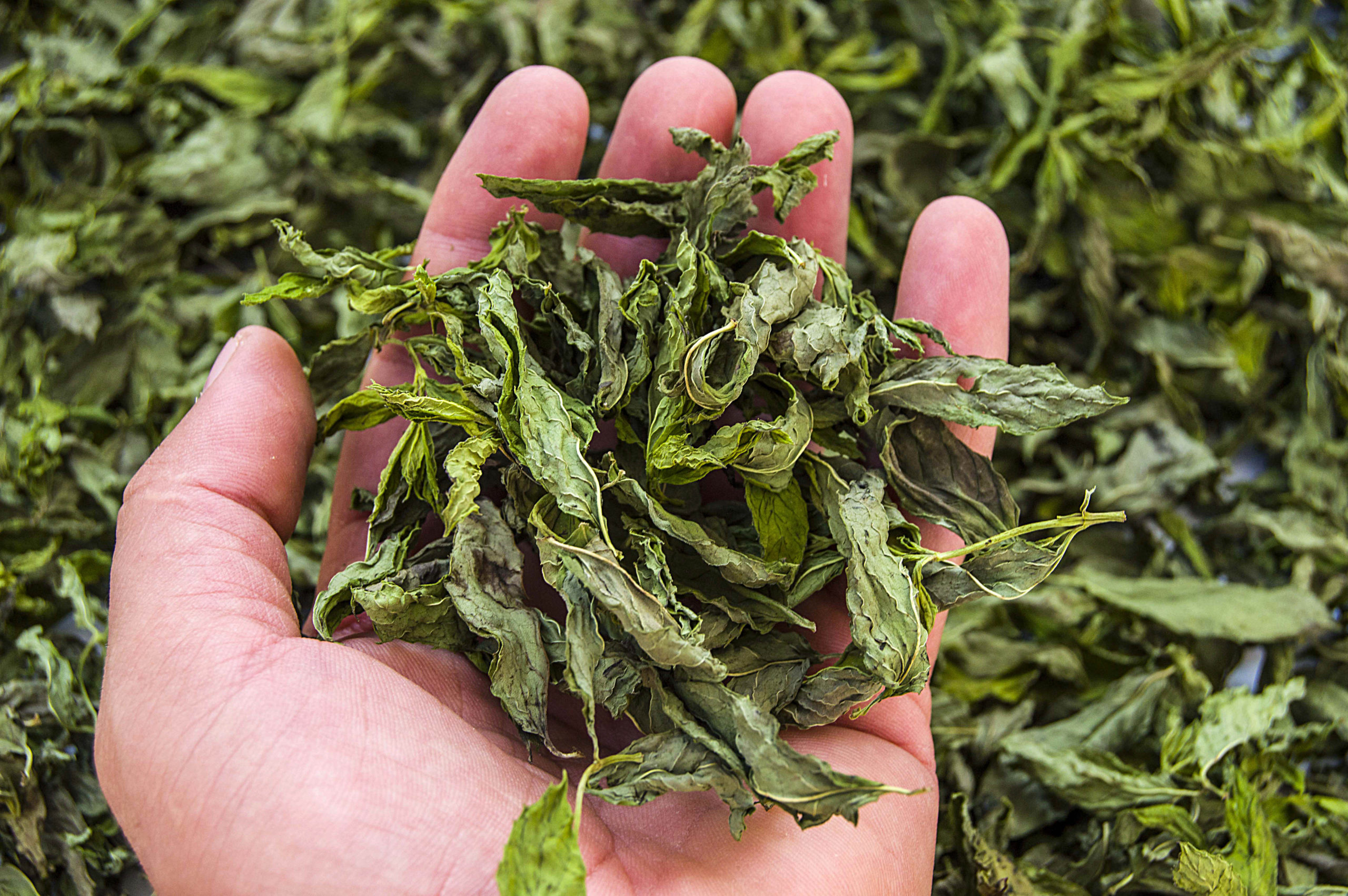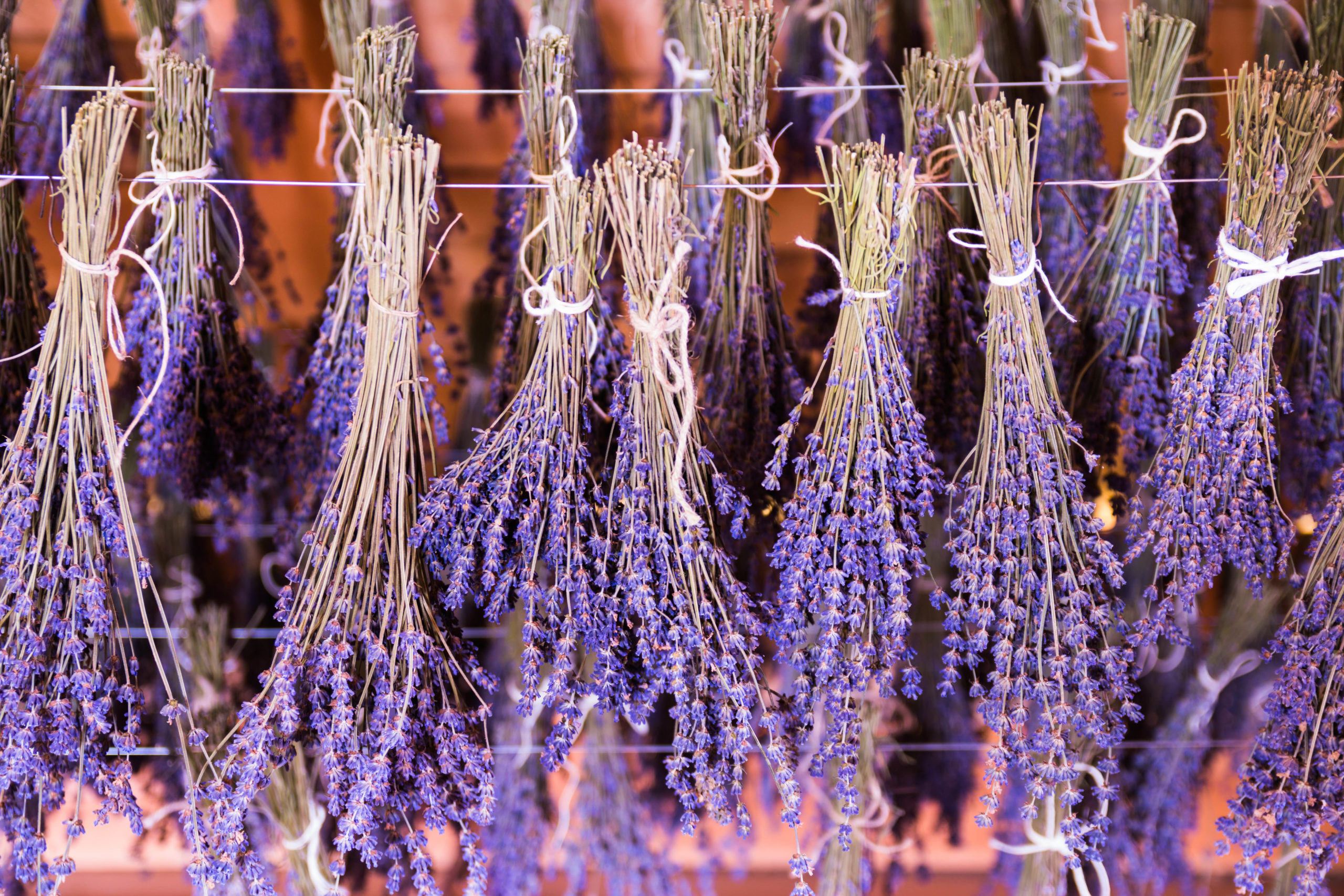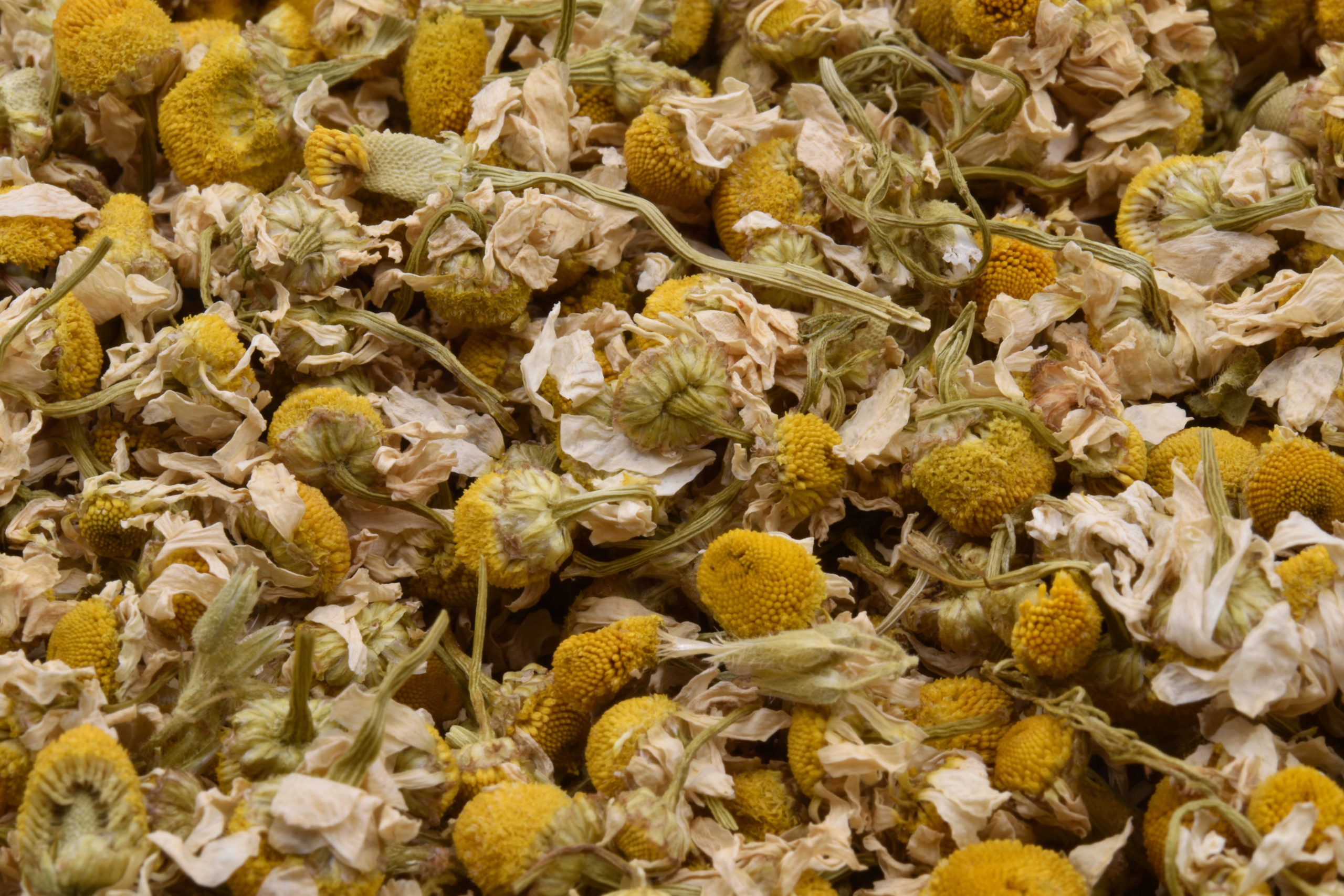Drying Fresh Herbs and Flowers

By Ann Clary and C. Darren Butler
GardenZeus receives commissions for purchases made through links in this post. There is no additional cost to you.
Drying fresh herbs and flowers is one of the easiest and most-effective ways to preserve them for later use.
What is the quality of dry versus fresh herbs? That’s a complicated and potentially even contentious topic. For many kitchen gardeners and herb afficianados, fresh herbs are a unique delight of home gardening and are always or almost always better than dried, whether for herbal teas or cooking or eating fresh in salads.
Drying herbs changes their flavor, and in some cases weakens it significantly. The semi-universal fresh or “grassy” aspect of flavor is reduced or lost, as are subtle high points and unique aspects of individual fresh herb flavors. Oregano, bay leaves, and lavender all retain flavor well when dried. Other herbs, such as basil and chives, lose some or most of their quality and flavor.
The decision about whether or not to dry herbs or what portion to dry often depends on their intended use and whether or not they can be used immediately.
Do dried herbs become stronger in flavor? Technically they don’t, but this can seem to be the case because they become more potent by weight and volume. Fresh leaves and flowers are mostly water by weight and volume. When they dry, they shrink to a fraction of their fresh size and weight. One tablespoon of recently dried mint leaves will be more potent and will absolutely make a stronger cup of tea than a tablespoon of fresh leaves, but this is because there are about three times the number of dry mint leaves in the same volume.
It’s usually necessary to use about 2 to 3 times or more the volume of fresh herbal ingredients for teas or cooking as compared to dry. For many herb gardeners, 2 or 3 tablespoons of fresh homegrown herbs will make a tea that is noticeably different and better than anything possible with dry herbs.
Wash herbs before drying, then pat dry as much as possible with clean cotton rags or a salad spinner. Remember to label everything for efficient later use, as many leaves and flowers appear similar once dried, especially weeks or months later when they’re crumbled or crushed.
Herbs can be dried in ovens, food dehydrators, or in open air. Which method is best for you?
Air Drying
Low humidity, air circulation, and daily monitoring are needed for drying herbs in open air. Herbs dry best at warm temperatures. Generally herbs with more mass or density, often larger leaves and flowers, are more at risk of going bad during the long periods required for air drying. Also softer leaves such as mint, as compared to rougher leaves such as sage, tend to go bad more quickly because of higher proportional water content.
Spread freshly harvested leaves and flowers in a single layer on baking sheets and set in a warm location with low air humidity and good air circulation, outdoors if possible but out of the sun. For fastest drying, spread out the herbs thinly so that individual leaves and flowers don’t touch each other. Herbs may need to be turned or stirred twice per day for the first several days and every 1 to 3 days thereafter for even drying. Trays made of window screening or 1/4-inch mesh hardware cloth stapled onto a wooden frame are more effective than baking sheets because air circulates below and around the herbs.
Some herbs including lavender are dried by tying them into small bundles of stems and hung upside down, such as from strings. Hanging herbs for drying tends to work well with sage, thyme, and bay laurel; it may be more problematic for herbs with with greater water content such as mint and lemon verbena.
Advantages: This method requires minimal or no tools and materials beyond what most gardeners already have on hand. It involves minimal or no direct cost and is the most environmentally friendly method because it relies on human effort and natural evaporation rather than electricity. It’s more sustainable than other methods because it requires minimal or no purchasing and manufacturing.
Disadvantages: This method requires more effort and attention, including regular monitoring. Air drying requires a warm area that’s out of direct sun and free from pests. Mesh enclosures will slow drying but may be necessary if bugs or other pests are a problem. If air humidity is high, or some leaves or flowers don’t have enough air circulation, herbs may go bad before drying. Air drying works best in most California areas from late spring until the rainy season begins in fall.
Air drying is the slowest method. Depending on the materials being dried and factors such as air humidity and circulation, air drying of fresh herbs and flowers will take from about a week to several weeks.
Oven Drying
Oven drying requires an oven with a low-temperature setting of about 120°F or below, and requires frequent monitoring while herbs are drying.
To dry herbs in the oven, lay them out in a single layer on baking parchment placed on an oven tray and set the oven on its lowest temperature. Ovens vary as to the lowest temperature setting, usually anywhere from 75 to 200°F. The goal is to dry the leaves, not bake them. The ideal oven temperature for drying leaves and flowers is 100-120°F. Temperatures above this may reduce flavor and damage or burn herbs. If your oven thermostat does not go down past 125°F, consider placing the herbs in the oven for 10 minutes and then turning off the oven and leaving the door closed. Drying times will range from an hour to a few hours, depending temperature and herbs.
Advantages: Oven drying is faster than other methods and can quickly dry large quantities of leaves and flowers. Little is needed other than oven trays, baking parchment, and an oven.
Disadvantages: Requires constant monitoring as the leaves can easily be damaged or burn if if temperature is too high.
Food Dehydrator
Food dehydrators are an easy, fast, and almost foolproof method of drying fresh herbs and flowers. Place leaves or flowers into the dehydrator and follow the instructions provided with your dehydrator for settings and drying time (often about 1 to 4 hours). Many kitchen gardeners will be well-familiar with food dehydrators for fruits and veggies, but they’re just as useful for the gardener who wants to preserve herbs and make herbal teas.
Advantages: Food dehydrators are easy to use, relatively fast, produce consistent results, and require little monitoring.
Disadvantages: Cost for food dehydrators ranges from about $40 to hundreds of dollars. Inexpensive models may lack useful features, such as time and temperature controls. They may require more effort for shuffling interior shelves to achieve even drying. The testing experts from The New York Times on Wirecutter recommend the Nesco dehydrator.
For a popular cost-friendly option, consider Amazon’s best selling Presto Dehydrator.
Storing. When possible, it’s best to store dried leaves and flowers whole as this will help to retain flavor. For efficient use of space, however, you may want to crush dried herbs, which can be done by hand, with a rolling pin, or with a mortar and pestle. Store in airtight containers and away from light, heat, and humidity. Use opaque containers when herbs will be exposed to light. Quality of dried herbs is best for several weeks after drying, but depending upon the herb and storage conditions, flavor and quality may remain good for several months to a year or longer.
These Hay stainless steel airtight canisters are reusable and attractive enough to use as a gift.
Starting a New Vegetable Garden? Read our series discussing advice and solutions for common challenges when starting a garden in California:
Part 4: Introduction to Soil Toxicity
Part 5: Common Causes of Soil Toxicity
Part 6: Introduction to Soil Compaction
Part 7: Decompact Soil Quickly


